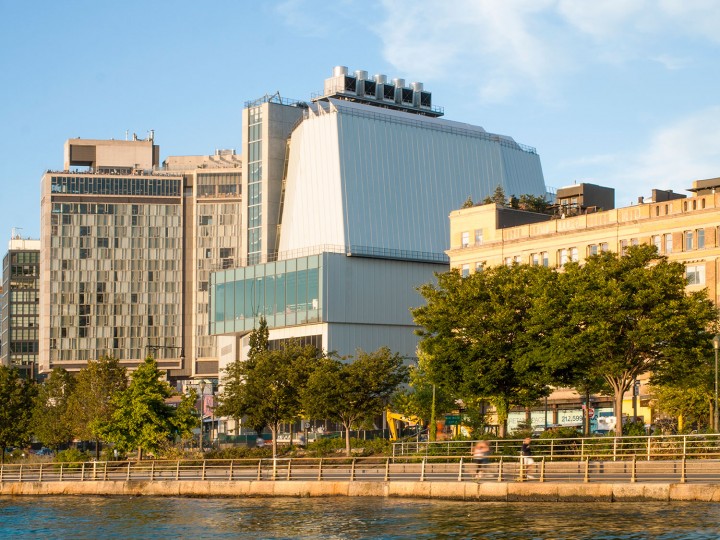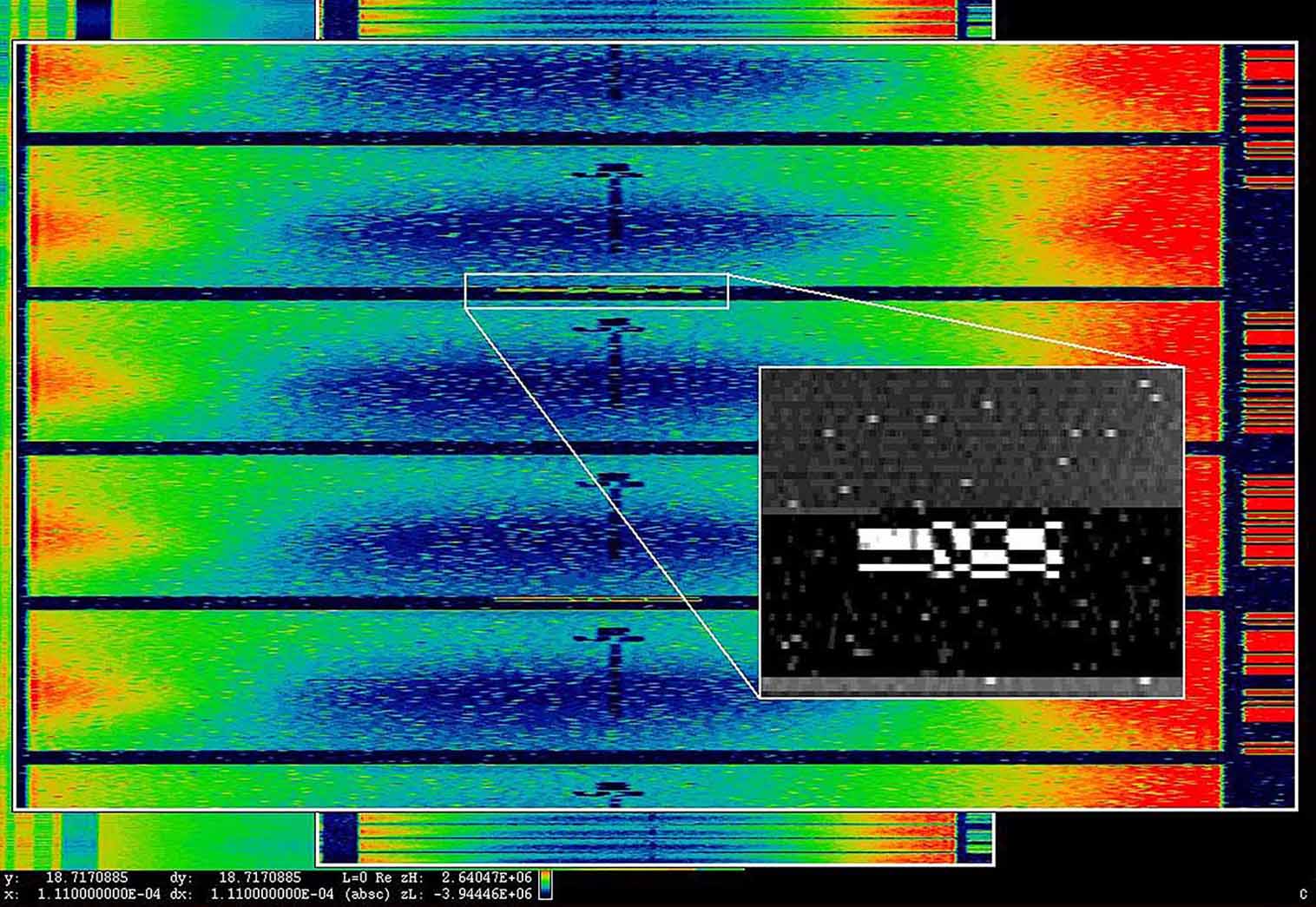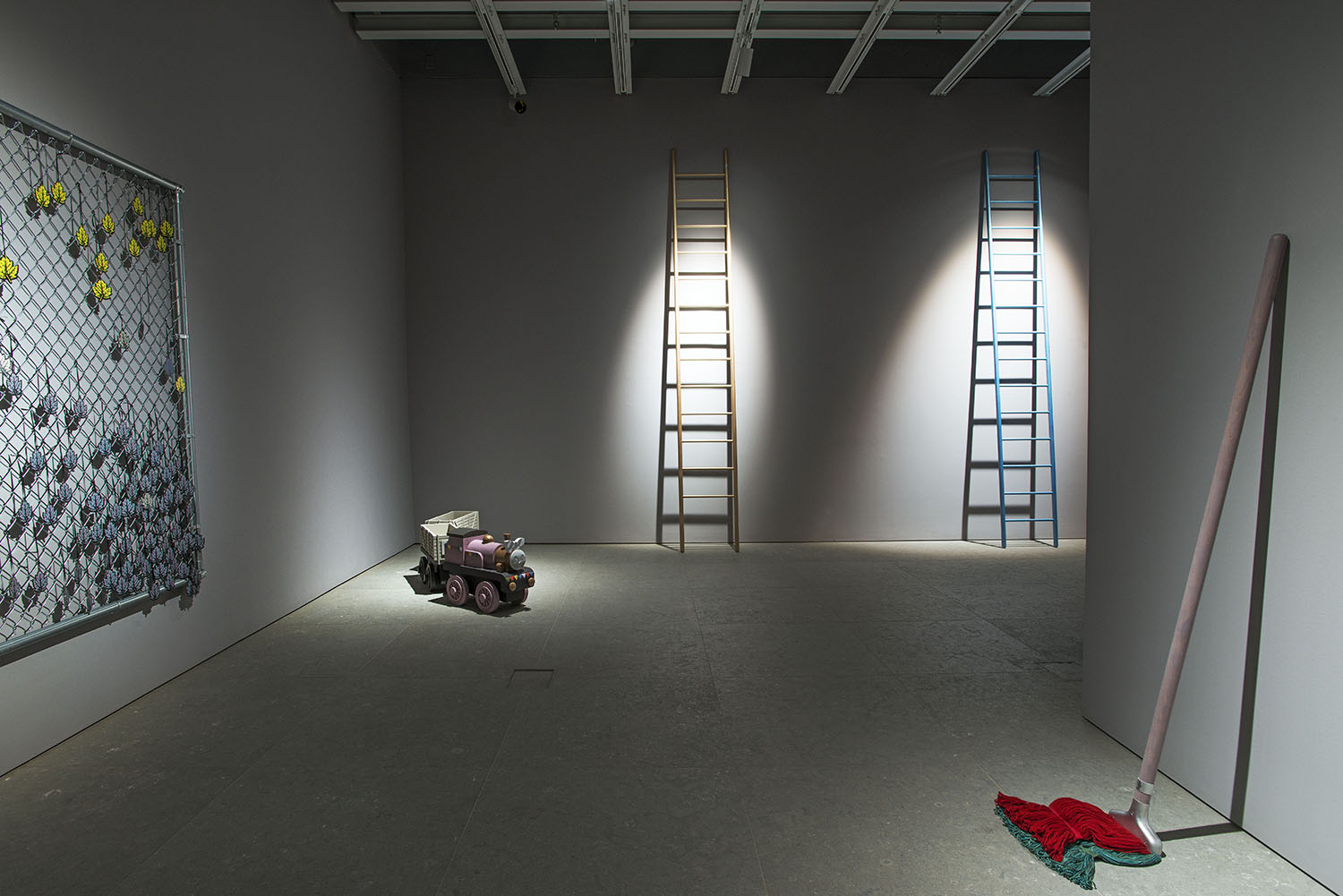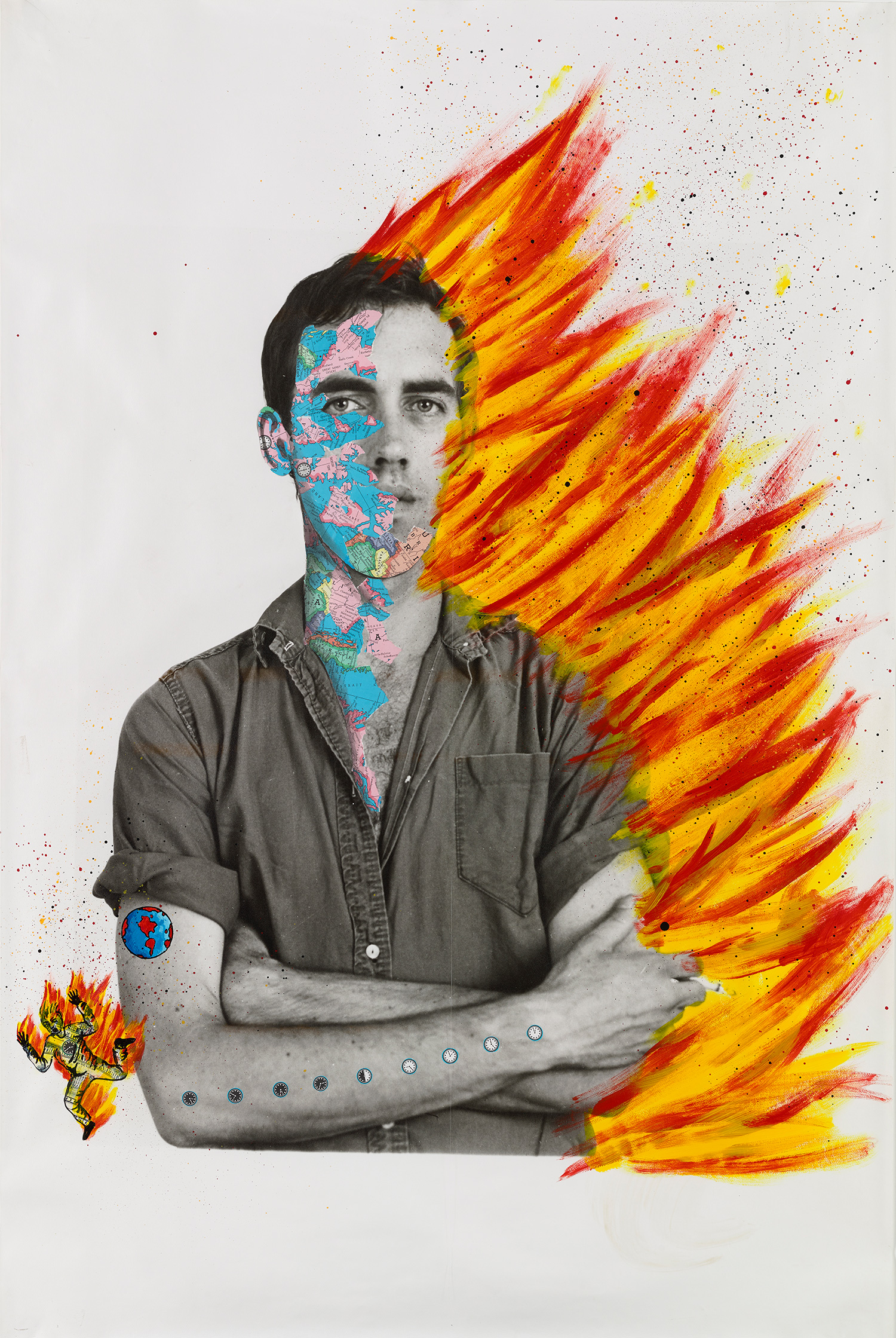We are only one month away from the opening of the Whitney Museum’s new Renzo Piano-designed building, scheduled for May 1, 2015. Director Adam Weinberg shares with Flash Art some thoughts about the future of the institution.
Situated in the Meatpacking District, will the Whitney Museum’s new location change its role and influence?
After years of watching the new Whitney building come together, we finally completed the relocation of our entire staff into our new home last month. It’s the first time in over a decade that we’ve been in one place, so it was a special moment for us. Meanwhile, work on the building is happening at a furious pace as we lead up to our May 1 opening, and we just began installing art in the galleries. We are excited to return to the same neighborhood where Gertrude Vanderbilt Whitney founded the Museum 85 years ago. There are several wonderful arts organizations nearby including The Kitchen, White Columns and soon Dia, and the Whitney looks forward to being another cultural resource for the community. The Whitney’s role remains the same as it was at its founding: to support and inspire the artists of our time and present the best of 20th- and 21st-century American art.
After the critical success of “Jeff Koons: A Retrospective,” what can we expect from future programming, other than the permanent collection display for the opening and a few shows already announced for 2015/16?
One of the most exciting features of our new building is that after the inaugural exhibition of our permanent collection closes, we’ll have two floors devoted to it. There will always be a wide breadth of the Museum’s holdings on view, which wasn’t always possible when we were uptown. We’ve announced large Frank Stella and David Wojnarowicz retrospectives, a show of the Jazz-Age painter Archibald Motley and an exhibition of the documentary filmmaker Laura Poitras; and, in 2017, we will present the first Biennial in our new location. The Whitney will continue to strive to offer a balanced exhibition program that presents the work of lesser-known emerging artists, artists in their mid-career and more senior artists.
On the West Coast, the Hammer Museum eliminated its admission fee in 2014. The Broad, set to open in fall 2015, will offer free admission too. Is this a conversation you are interested in having?
I think it is wonderful that these institutions are able to provide free admission. While we are not able to, we are happy that the entire first floor of the Museum, which includes a gallery, will be accessible free of charge. Individuals eighteen years old and under receive free admission, and we will continue to run reduced-fee programs such our pay-what-you-wish evenings at the new location.
The new Whitney Museum will dedicate a substantial budget increase to performance, with a theater and a multimedia gallery on the fifth floor.
Performance has always been a vital part of the Whitney’s mission from the days of the Whitney Studio Club, which hosted performances by avant-garde composers of the day, including Edgard Varèse and Carl Ruggles. Jay Sanders, our curator of performance, has been working tirelessly to continue that legacy. In addition to the theater, all of the galleries have been designed with sprung floors to be performance ready. Already Meredith Monk, Carolee Schneemann and Glenn Kotche have performed in the new building.
Online resources play an increasing role, and you have just expanded your collection online to over 21,000 works of art. How do you envision the evolution of the online platform?
We recently saw how influential social media and online resources were during our Jeff Koons retrospective, which reached millions of people who could not come to visit the exhibition. So it’s incredible to make almost the entirety of our permanent collection accessible through our website. We will continue to publish images of works and improve the site’s functionality. We will also continue to post original content through our Education department and the Whitney Stories series, which have shared behind-the-scenes looks at exhibitions, filmed interviews with artists such as Cory Archangel, and recorded audio of our public programs, among many other features.




